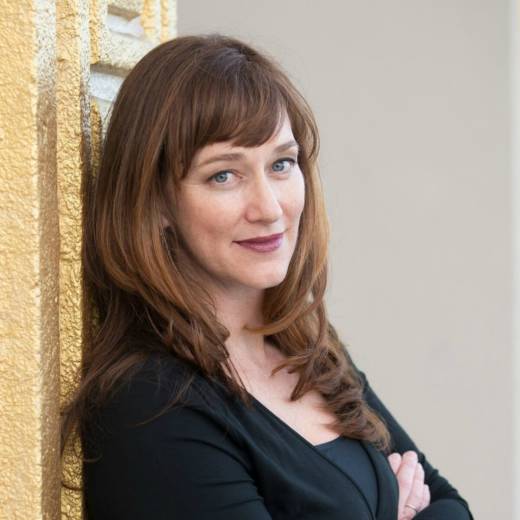The national political climate is generating anger and division and young students are soaking it in like sponges. Shane Safir believes we can create safer spaces for them.
A few months ago, a local high school was shaken by the discovery of a student Instagram account featuring racist, anti-Semitic, and ableist memes. There were swastikas plastered across student photos, anti-black slurs and students doing the Nazi salute.
At a South Bay high school where I train teachers around unconscious bias, an Asian American student posted a video of himself ripping the head off a Black doll with the caption, “Just another Tuesday morning in the South.”
And last year, my own son — an intelligent brown boy of Filipino, Irish, and Jewish descent -- was called a ‘Mexican dummy’ and taunted with a Spanish accent on the playground. I saw firsthand how these slights can erode a child’s confidence.
The fear and finger-pointing in our larger political culture is showing up in our schools. In a national survey of amore than 10,000 educators, 8 in 10 reported heightened anxiety in students of color and 4 in 10 had heard derogatory language directed at marginalized groups. This isn’t an accident. Our children are sponges, constantly absorbing the messages around them.
